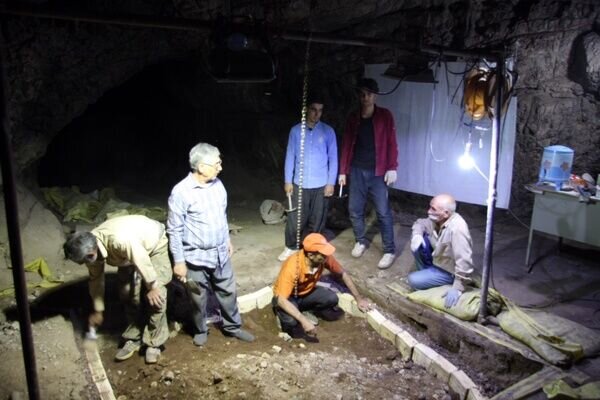Preliminary studies start on fossilized skull found in western Iran

TEHRAN – Preliminary studies have been started on pieces of a fossilized skull, which was untethered earlier in western Iran. The skull is attributed to Homo sapiens.
The skull could probably reveal further detail on the migration routes of Homo sapiens from the African continent to Asia, southwest Asia, the Eurasia region, and ultimately their arrival in Europe, and it may be considered as an important discovery in the Paleolithic studies of the world, CHTN reported on Sunday.
A team of Iranian archaeologists, earlier in May, excavated stone tools and a fragment of a fossilized skull, from Kaldar cave in western Lorestan province. The cave has also yielded weapon fragments crafted by Neanderthals.
Kaldar is a key archaeological site that provides evidence of the Middle to Upper Paleolithic transition in Iran. The cave is situated in the northern Khorramabad valley and at an elevation of 1,290 m above sea level. It measures 16 meters long, 17 meters wide and seven meters high.
Excavations in 2014–2015 led to the discovery of cultural remains generally associated with anatomically modern humans (AMHs) and evidence of a probable Neanderthal-made industry in the basal layers.
It provides an opportunity to study the technological differences between the Mousterian and the first Upper Paleolithic lithic technologies as well as the human behavior in the region.
The term Homo sapiens, in taxonomy, is the only extant human species. The name is Latin for “wise man” and was introduced in 1758 by Carl Linnaeus (who is himself also the type specimen). Neanderthals are an extinct species or subspecies of archaic humans in the genus Homo, who lived within Eurasia from circa 400,000 until 40,000 years ago.
AFM/MG

Leave a Comment